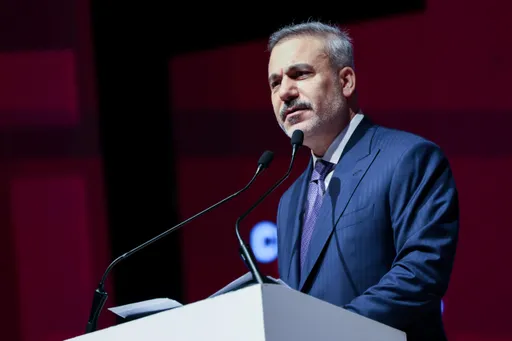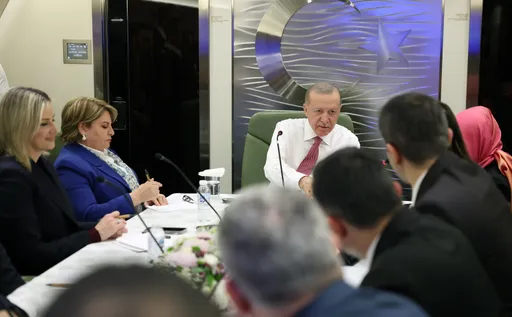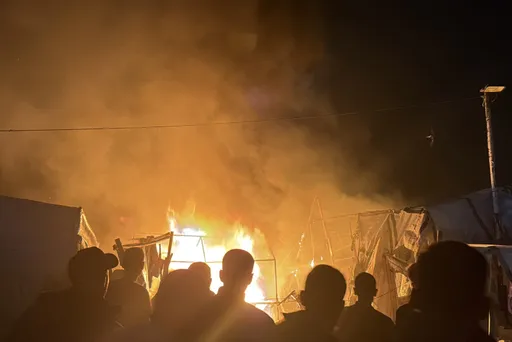The Reform Movement in Iran is undergoing a serious crisis after failing to make a mark in the June 18 presidential elections. Today, the hottest debate in Iran is the future of the movement and whether it should undergo a substantial overhaul or be reinvented.
Its demise will significantly influence the balance of forces in the country and impact regional politics, with likely domino effects in other Muslim countries where civil rights activists are trying to block Sharia from dominating politics.
The most significant result in Iran’s presidential election was not the number who voted for the new president, but the around 30 million people who did not participate and the almost four million blank and distorted ballot papers.
Although Ebrahim Raisi received almost 18 million votes, 34 million Iranians eligible to vote rejected the election. Even if we take the figure of 28.7 million who voted, the four million blank and distorted ballots would have been second place after Raisi.
Iran’s official opinion poll, ISPA, says the number of blank ballots had “multiplied” compared to previous elections. In the capital Tehran, 75 percent of eligible voters did not participate.
Although no causal link has been established, and groups like the supporters of the former president Mahmoud Ahmadinejad also boycotted the elections, it can safely be assumed that a majority of the non-participants were reformist supporters.
They, in effect, rejected at once the Reform Movement and the heavily engineered elections.
The difference with the height of reformist popularity is stark. In 1997, reform leader Mohammad Khatami received over 21 million votes, receiving 70 percent of the vote with a turnout of nearly 80 percent.
Now, the heavyweights of reform are at loggerheads as to what happened and who is to blame.
“Ballot-box reform has died,” said Saeed Hajarian, the iconic reform strategist of the 1990s. “But before the burial we must do forensic examination to identify the causes of death and find out if it was due to old age or indeed this was a murder,” he said.
Hajarian, who escaped a targeted attack by a member of the Basij militia in March 2000 blames the demise on the mismanagement of the movement by its current leaders.
The official statement of Reform Platform, which is made up of several brands of reformism, blames the Guardian Council for disqualifying its candidates.
The Moderates led by President Hassan Rouhani think that economic grievances caused by the policies of the former US president Donald Trump and his withdrawal from the JCPOA led to increased disenchantment.
“We got 24 million votes when Rouhani was elected,” says Hossein Marashi, a leading Moderate. “Now we have dropped to 2 million votes for Nasser Hemmati. That’s an 85 percent loss for Moderates,” he says.
A staggering 75 percent of the population has lost its hope for the future according to ISPA.
Not all of those are reform supporters, but research in 2017 found that 40 to 50 percent of voters in Iran favour a “democratic reading of Islam and revolution,” which translates broadly to reformist.
Demographic research also shows that disengagement was higher among the urban young and educated, women and older family members. The majority of these are reform supporters angered by the harsh treatment, mass arrests and deaths after protests. The gruesome crackdown in late 2017, early 2018 and the November 2019 national protests, plus the shooting down of the Ukrainian plane in January 2020 has intensified that anger.
Research on protests found that the number of non-participants was higher in areas where the crackdown had been harsher. The unusually low turnout of 25 percent in Tehran reflects those points.
Abdullah Ganji, editor of the ultra-hardline Javan-Online, seized the moment to criticise the reformists for oscillating between being inside or outside the establishment.
Reform analyst Mohammad Reza Tajik, referring to lack of creativity in reformism, believes the only way forward is “to create a new movement,” and Hajarian proposes a “green movement”.
It may be unfair to put all the blame on reform leaders. The devastation of the economy by US oil and banking sanctions, high inflation and rising unemployment, plus the scourge of Covid-19 have undoubtedly fed into the apathy and anger.
Nevertheless the leaders of the Reform Movement, including those who are critical today, never managed to rise up to the demand of their supporters to challenge the autocratic political structure. They paid lip service to democratic rights but remained silent on the dictatorial power of the Supreme Leader.
The movement lacked a clear strategy and seemed to care more about having a stake in the establishment than fighting for civil rights.
Now that support base has rejected them by non-participation, proving that even in a heavily choreographed election, the public can punish their leaders by any means available to them.
























